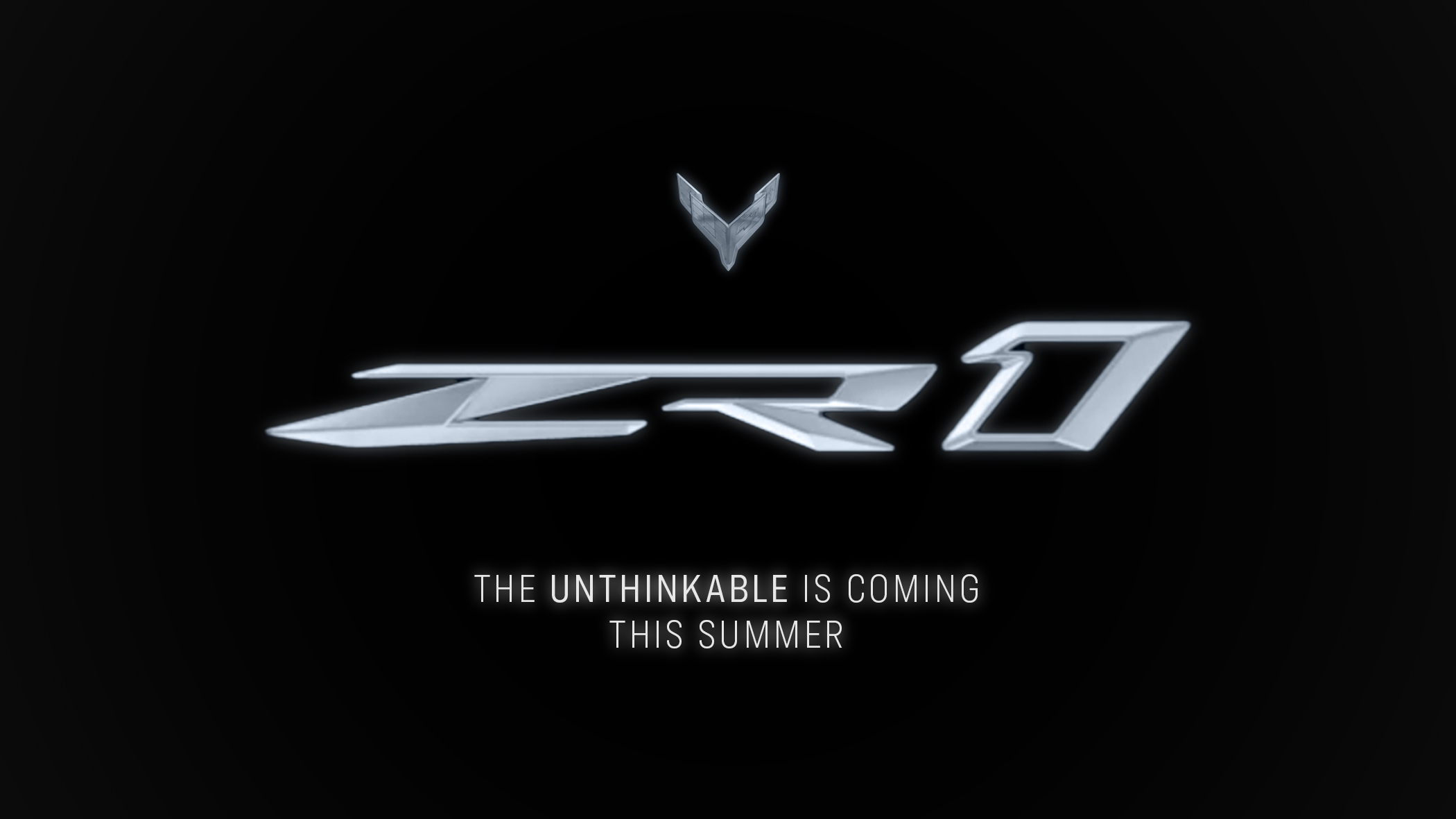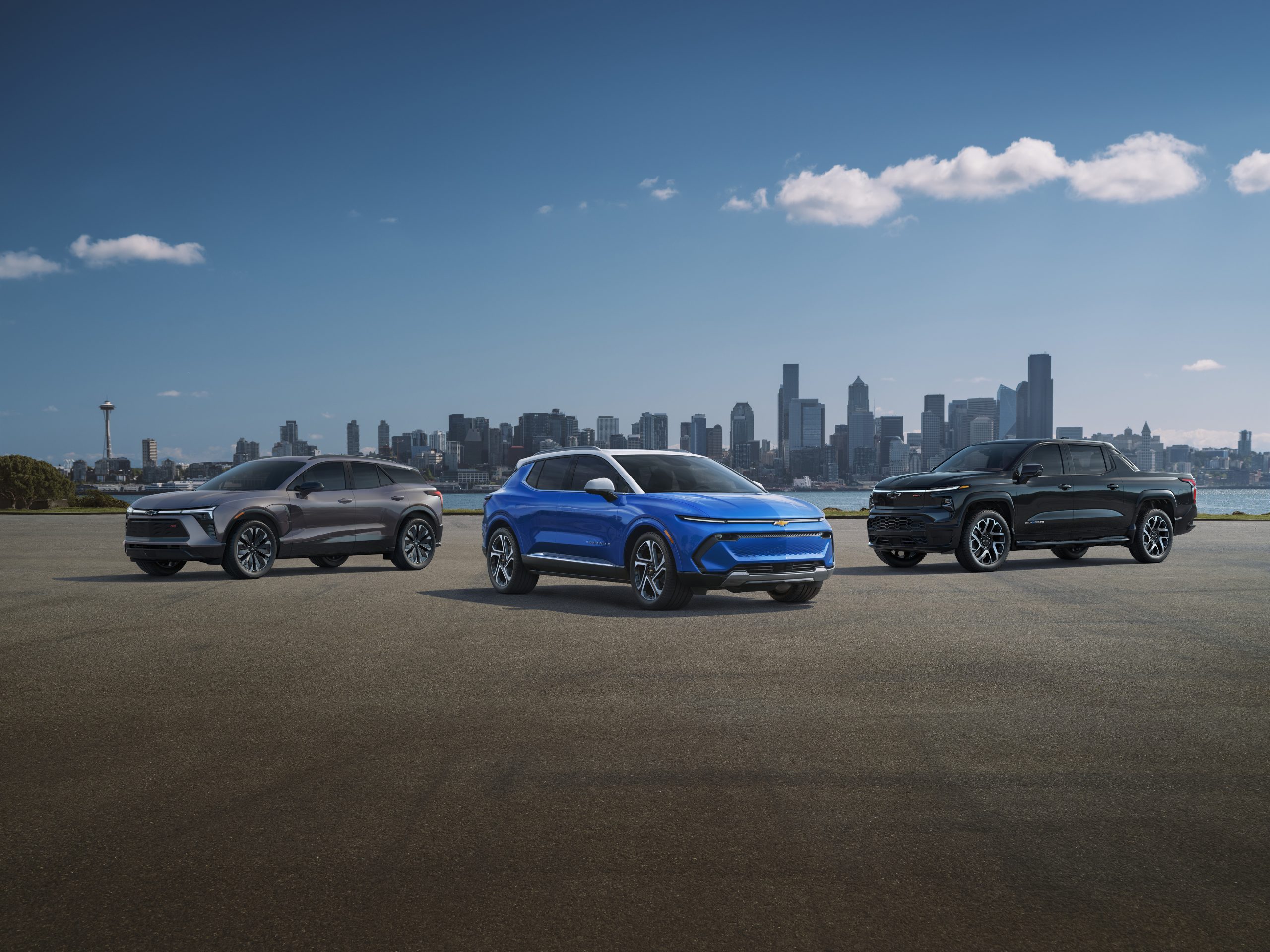
General Motors released its 2023 Sustainability Report today, showcasing the company’s commitment to building an equitable zero-emissions future and working toward its carbon-neutral goal. The report highlights GM’s initiatives to accelerate electric vehicle adoption, forge strategic partnerships to enhance supply chain sustainability, and support the development of a future-ready grid powered by renewable energy.
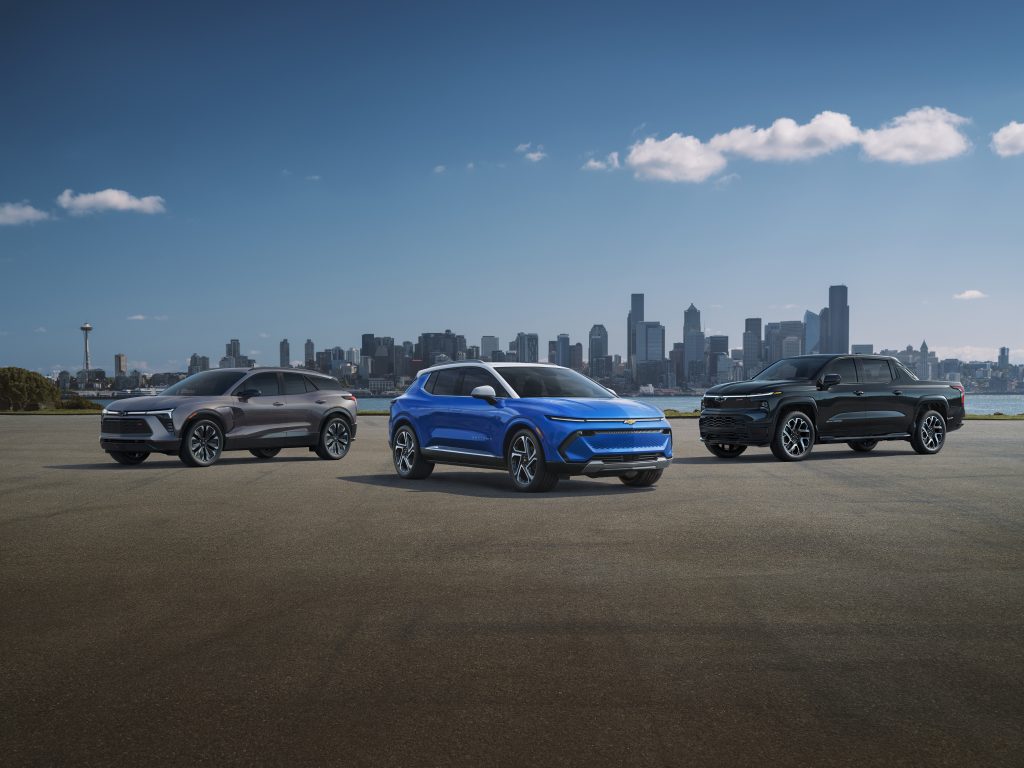
GM is striving to reduce greenhouse gas emissions in pursuit of a zero-emissions future. The report provides comprehensive insights into GM’s initiatives across key areas of focus, including environmental stewardship, innovation, social responsibility and governance.
“Sustainability is not just good policy. It’s good business — good for the company, for employees, and for recruiting and retaining the best people, people who will help us achieve our vision,” said GM Chair and CEO Mary Barra. “We’ve made tremendous strides through our investments and innovations in electric and autonomous technology, and we’re going to expand our reach, especially with many important EV launches across a wide range of price points and segments this year.”
Key highlights from the new report include:
- Joining the ZEROgrid Initiative alongside other industry leaders and the Rocky Mountain Institute to drive progress toward a less carbon intensive, more reliable and affordable grid
- Planning to integrate the North American Charging Standard (NACS) into future GM EVs, while also enabling access to more than 15,000 superchargers in 2024
- Expanding GM’s commitment to the First Movers Coalition to be inclusive of steel, aluminum, concrete and cement
- Providing $64 million in grants to nearly 400 U.S.-based nonprofits to help create inclusive solutions to social issues
“At GM, we are taking important steps toward supporting the transition to a more sustainable, zero-emissions future for everyone,” said Kristen Siemen, GM chief sustainability officer. “We continue to make progress integrating sustainability into our business from the initial design and selection of materials, through product development and manufacturing, to innovative solutions for end of life. While there’s more work to do, we are proud of our progress and are moving with purpose.”
This report has been prepared in reference to the Global Reporting Initiative (GRI) 2021 Standards and includes responses to the Sustainability Accounting Standards Board (SASB) framework. The 2023 Sustainability Report, available for viewing and download at GMsustainability.com, provides stakeholders and the public with comprehensive insights into GM’s sustainability journey and its commitment to an equitable, all-electric future.
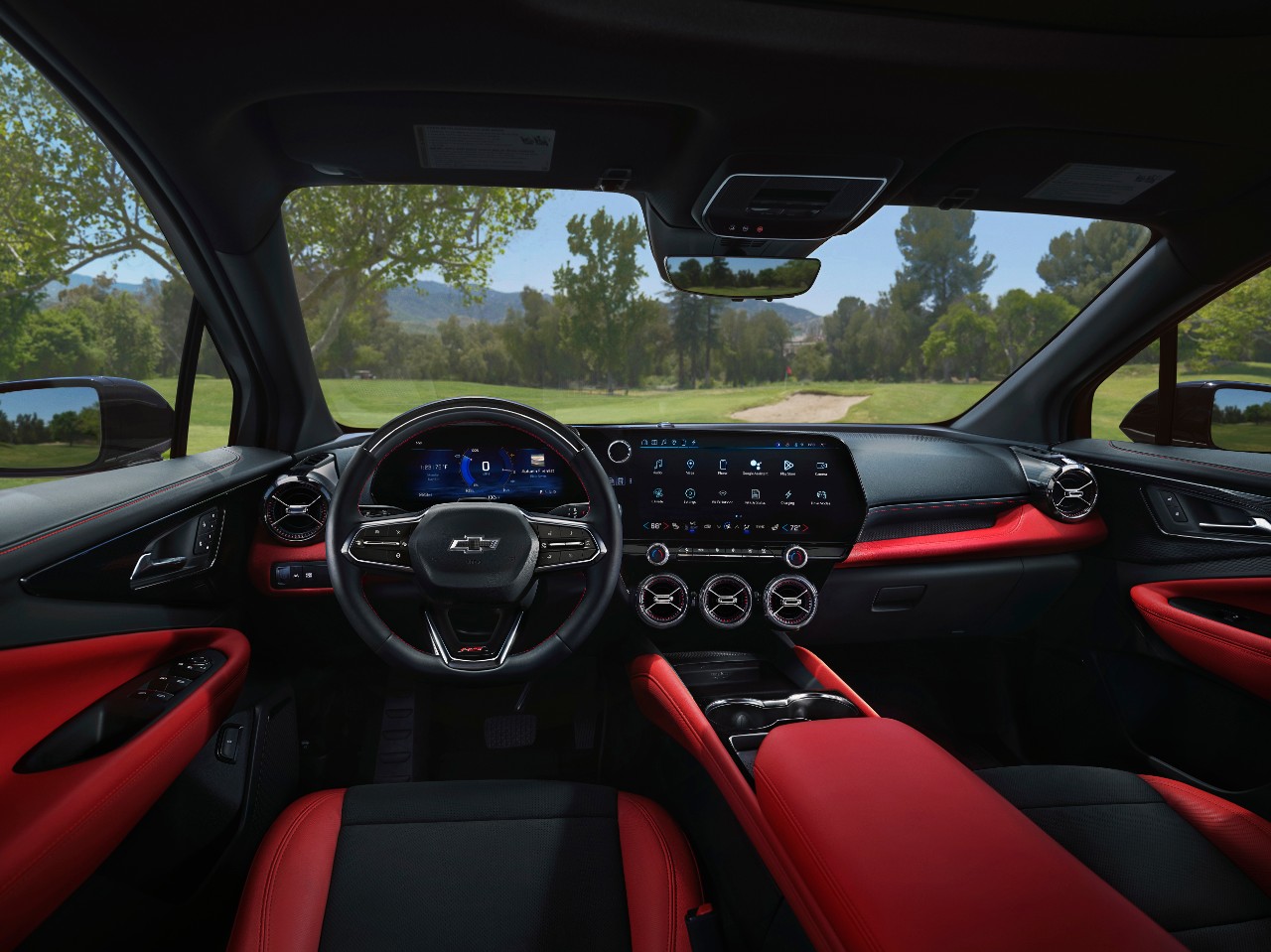
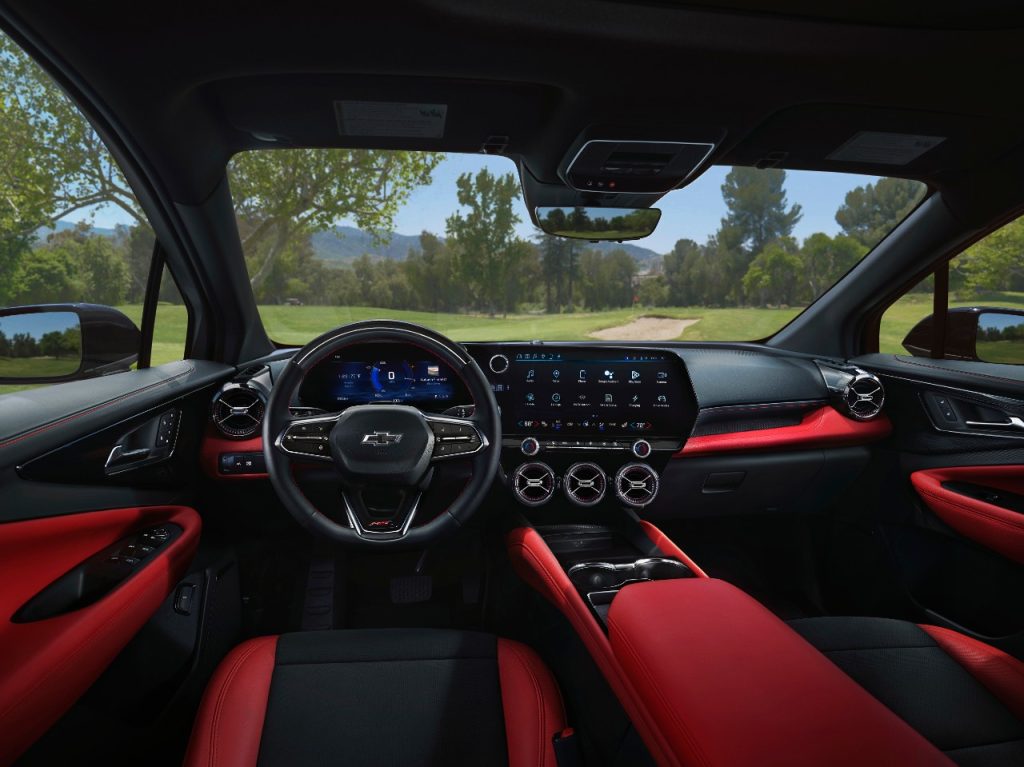
The Blazer EV’s infotainment, displays and interior design stood out amongst the 25 vehicles that were evaluated
The Chevrolet Blazer EV secured one of 10 coveted spots on the 2024 Wards 10 Best Interiors & UX list – a list that awards vehicles for delivering incredible design and a great user experience.
The annual Wards 10 Best Interiors & UX competition evaluates new or heavily redesigned vehicle interiors and user-experience technology, with scoring based on a variety of metrics including design and aesthetics, comfort, materials, fit-and-finish, connectivity, infotainment and more.
“The Blazer EV’s main display screen rivals those in luxury brand models with its great resolution and clarity. Its cabin is packed with lots of unique trim and design elements, surrounded by stunning color schemes,” said Wards judge Christie Schweinsberg.
“Eye-popping red accents and oh-so-sporty radial air vents are just the starting points for the Blazer EV, which features lightning-quick Google-based voice controls backed by a bevy of proper knobs and switches to manage the most-used functions,” said Wards judge Bob Gritzinger.
The 2024 Chevrolet Blazer EV offers innovative, dynamic and athletic styling to create an expressive design unlike anything else in the segment. Inside, an expansive 17.7-inch-diagonal color touchscreen is the focal point of the cabin, paired with an 11-inch-diagonal color Driver Information Center.
“We are honored to see the 2024 Chevrolet Blazer EV recognized for this award,” said Phil Zak, executive design director, Chevrolet. “Our designers worked hard to elevate the exterior and interior design of the Blazer EV but maintain its true functionality. This award shows we are offering a great experience to our customers.”
The 2024 Blazer EV is available now in LT and RS trims and qualifies for the full, federal $7,500 consumer tax credit. The latest MSRP is available on Chevrolet.com. The Blazer EV is offered in front-, rear- and all-wheel drive configurations and certified by the EPA at 324 miles on a full charge (RWD).
Corvette ZR1 Speeds Toward Summer Reveal
4 Questions with an Engineer on Super Cruise
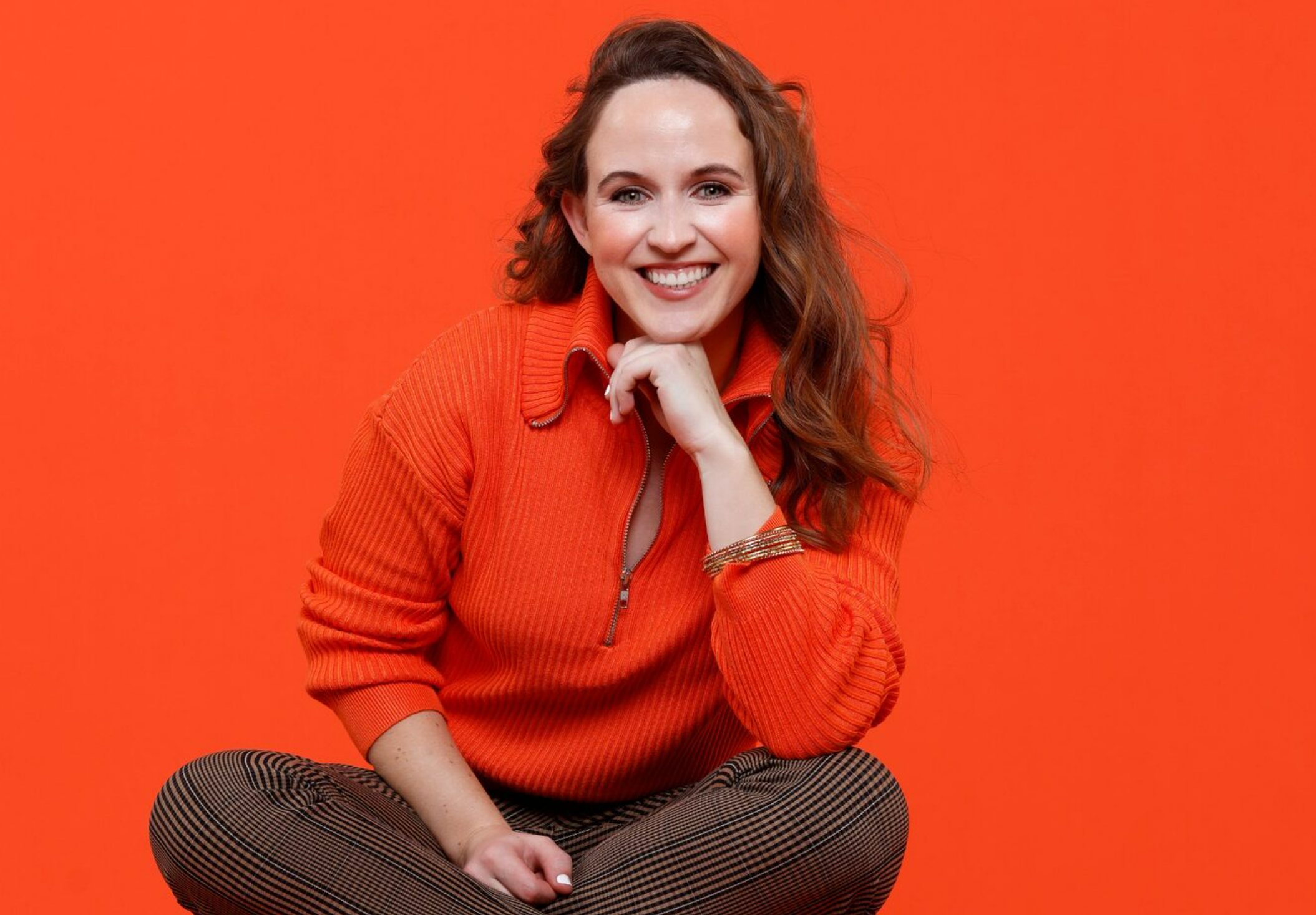
This article first appeared in Chevrolet’s online magazine, New Roads.
Meet Katie Sloman, an engineer working on the development and continuous improvement of driver assistance technologies for Chevrolet and GM.
As a controls system engineer, Katie Sloman works on everything from standard driver assistance features to GM’s available Super Cruise™ hands-free driver assistance technology for compatible roads.† Last year, GM announced plans to double the Super Cruise road network to more than 400,000 miles of roads in the United States and Canada for select Chevy vehicles,† including some famous stretches like Route 66, the Pacific Coast Highway, the Overseas Highway, and the Trans-Canada Highway.
Q: What was the first big project you worked on when you joined General Motors?
A: It was our first version of Super Cruise, when I joined in 2017. We were just launching it on the 2018 Cadillac CT6. I got to help with field service — troubleshooting issues and getting customers back into their cars as soon as possible.
Q: What sets Super Cruise apart from other hands-free driving systems?
A: With Super Cruise, I became very comfortable really early on. Being in Canada and coming down to the U.S. for some work trips, I got to use Super Cruise for five-hour drives, and it’s amazing how much more refreshed you feel after you’ve used that feature.
Q: How did you become interested in engineering?
A: I knew I was interested in science and math and didn’t want to be stuck in a lab, so I thought, OK, engineering sounds interesting. I ended up doing chemical engineering, and through Queen’s University in Canada, I got involved with a design team doing fuel cell technology. We had a golf cart that we modified to use a fuel cell and batteries.
Q: Is that what led you to working in the auto industry?
A: GM came to campus and gave a presentation on what their next few years were going to look like — how they’re going to tackle electric vehicles, fuel cells, and autonomous vehicles. I listened to that presentation and thought, wow, automotive is going to be a really neat area over the next 20 years.
Are You Ready for Easter?
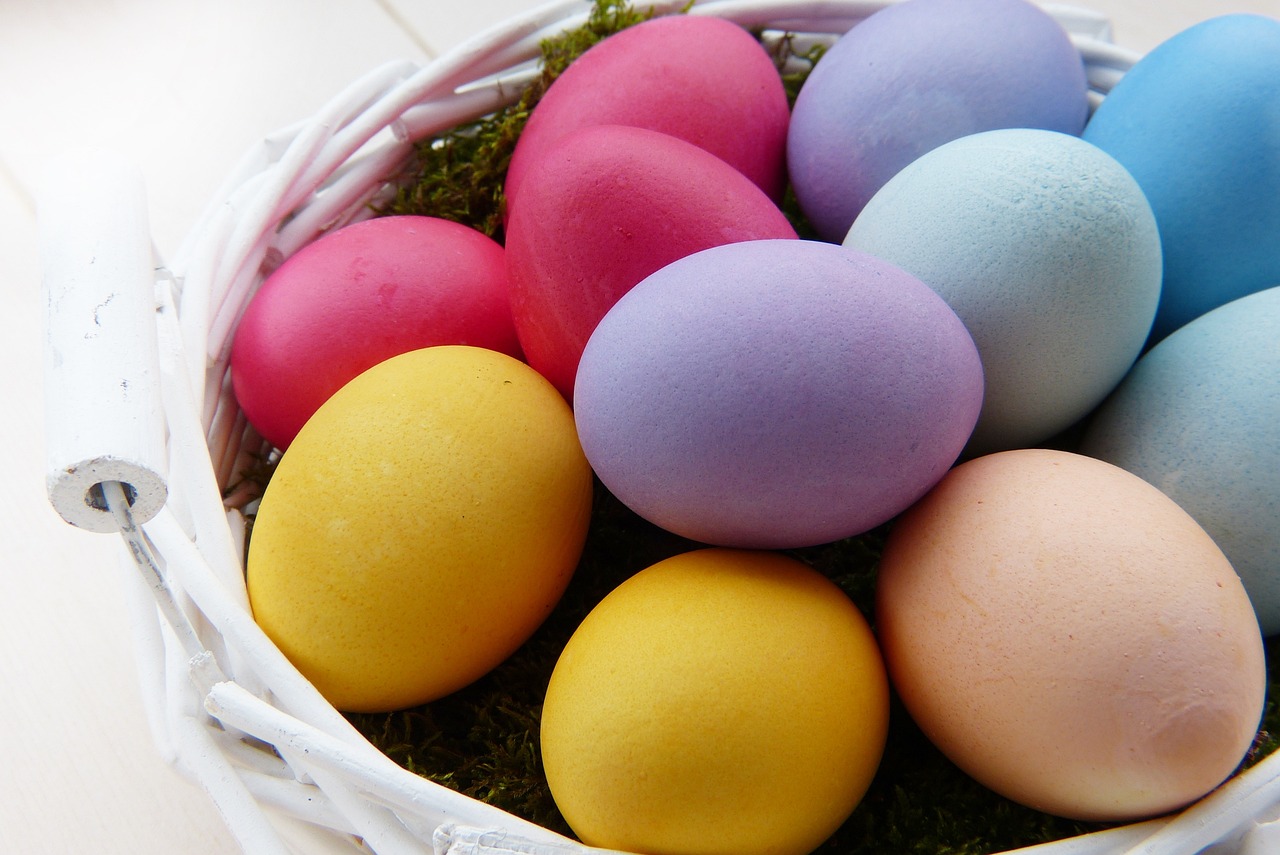
Easter is just a few days away and, if you haven’t already indulged already, that means a day to enjoy some special foods and treats that we don’t get any other time of the year. Bring on the Peeps (maybe?), but Washington resident prefer hard boiled eggs!
You probably have a favorite Easter treat and, according to Zippia, the most Google searched food in Washington is hard boiled eggs.
But you can’t just eat eggs all day (or can you?), so you’ll probably enjoy a special meal. First, you may want to choose a meat like this delicious recipe for apricot glazed ham or roasted lamb with herb sauce. Potatoes in any form are always a great side, especially this recipe for potato gratin with spring onion or these cheesy potatoes. You may be tempted to skip out on the vegetables, but not if its delicious steamed asparagus.
We could give you all kinds of ideas and recipes for Easter dessert, but we want to hear what your favorite Easter desserts are!
Chris Nikic, World Champ
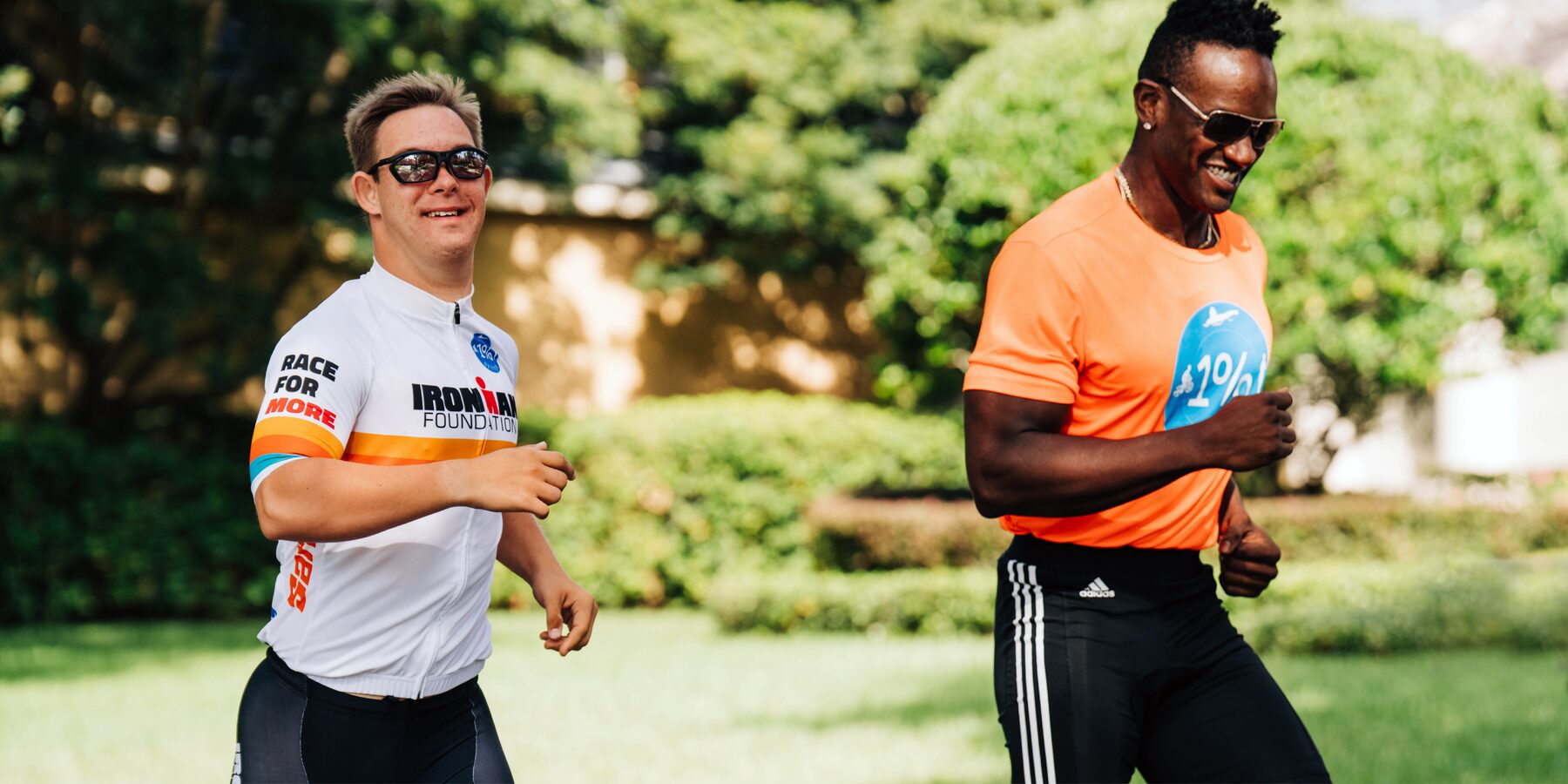
This story originally appeared in Chevrolet’s online magazine, New Roads.
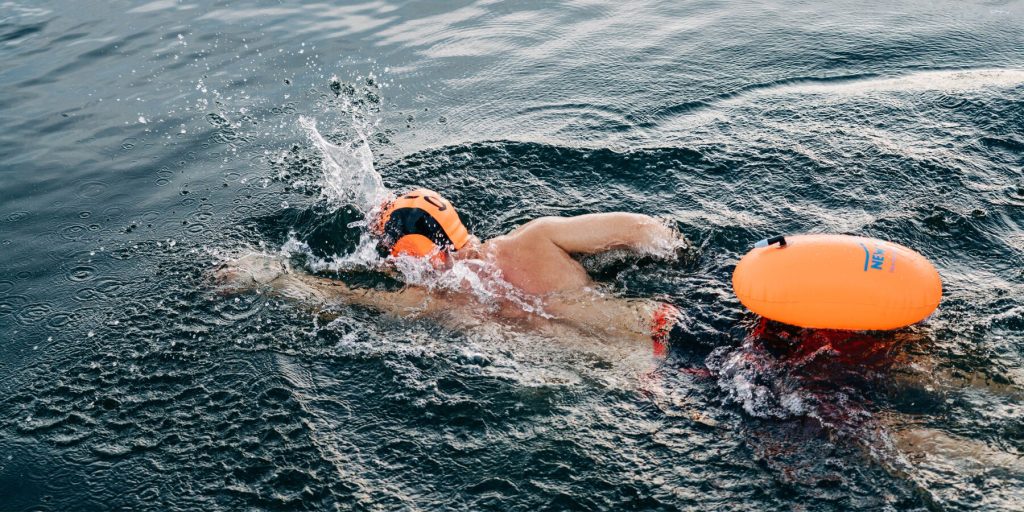
The headlights of Chris Nikic’s Chevrolet Suburban caught the glistening dew-soaked grass as his vehicle joined a dozen others in Lucky Meisenheimer’s front yard, their occupants all there for the same reason: an early swim in Lake Cane.
It was September of 2022. Two days earlier, Chris had been walking a runway at New York Fashion Week. Now, he meandered down a Central Florida driveway at 6 a.m. on his way toward the water. This walk had become familiar for him — he was doing it four to five times a week in preparation for the 2022 IRONMAN World Championship, held in Kailua-Kona the following month.
Illuminated by dawn’s first light, Chris prepped for his workout as buoys pulled by other swimmers bobbed across the lake’s surface. Many would complete the 1,000-meter roundtrip known as Lucky’s Lake Swim and earn the honor of adding their signature to the thousands that already blanketed the side of Lucky’s house. Chris did that the first time he finished the swim in 2019, writing, “Chris World Champ.” He can’t quite remember why he added “World Champ,” but he immediately set about earning his self-declared title.
In November 2020 in Panama City Beach, Florida, Chris became the first person with Down syndrome to finish an IRONMAN triathlon race — a 2.4-mile swim, 112-mile bike ride, and 26.2-mile run. So much of his story follows from that. There are the multiple ESPY awards and a sponsorship with a major athletic brand. He bought his Suburban. He became a motivational speaker, wrote a book, and tied it all to his 1% Better Foundation, its name based on his philosophy of continuously making small improvements to achieve his goals. And he’s far from finished.
“I just keep getting better every day,” Chris says. “There are new goals and dreams to go after.”
Those goals and dreams are pinned on the walls of his bedroom, serving to remind him of why he does what he does. When one is reached, it’s time to set another.
See all photos and complete article here.
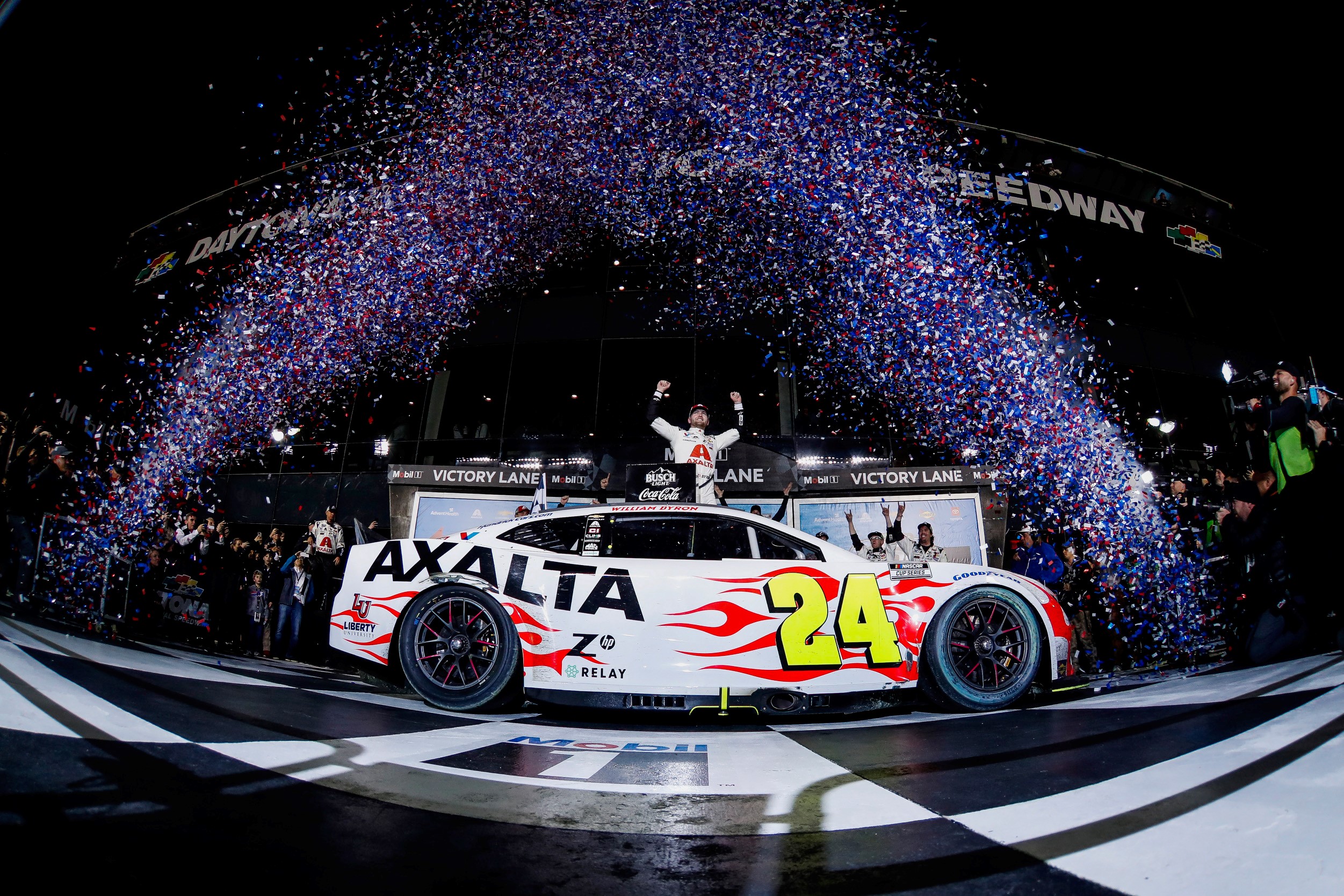
Chevrolet sweeps NASCAR season-opener at Daytona, taking wins across all three national series
Enduring a rain-delayed start and an intense late-race battle to the finish, it was Team Chevy’s William Byron and the No. 24 Hendrick Motorsports Camaro ZL1 team that earned the title as the 2024 Daytona 500 Champions. Byron’s victory marked Chevrolet’s second consecutive — and 26th all-time — triumph in the “Great American Race”.
“Congratulations to William Byron and the No. 24 Hendrick Motorsports Camaro ZL1 team on their win in the 2024 Daytona 500,” said Scott Bell, vice president, Global Chevrolet. “Winning NASCAR’s most iconic race is a goal for Chevrolet each season, and we are proud to have William bring home our 26th victory in the Great American Race.”
The triumph marked Hendrick Motorsports’ return to victory lane in the Daytona 500 for the first time in nine years, with Bryon’s win taking the organization to a record-tying nine victories in the crown jewel event. Making the triumph even more special, the win came exactly 40 years since Hendrick Motorsports’ first-ever start in NASCAR’s top division to mark a storybook beginning to the organization’s anniversary season.
NASCAR’s season-opening weekend started with Chevrolet reaching a milestone feat at Daytona International Speedway with Nick Sanchez and the No. 2 Rev Racing Silverado RST team earning the manufacturer’s milestone 100th NASCAR victory at the famed 2.5-mile Florida Superspeedway in Friday’s NASCAR Craftsman Truck Series race.
In addition to Byron’s Daytona 500 victory, fellow Team Chevy driver Austin Hill parked his No. 21 Richard Childress Racing Camaro SS in victory lane for the NASCAR Xfinity Series’ season-opener to cap off a weekend sweep for Chevrolet at the “World Center of Racing”.
Chevrolet is now the only manufacturer in NASCAR history to sweep all three NASCAR national series in a season-opening weekend at Daytona International Speedway more than once — also accomplishing the feat in 2018.
“The victory added to an already special weekend for Chevrolet at Daytona,” added Bell. “We are honored to have Nick Sanchez, Austin Hill and William Byron add their names to an elite list of drivers who have taken Chevrolet to 102 NASCAR wins at Daytona International Speedway.”
The 2024 season continues for all three NASCAR national series at Atlanta Motor Speedway this weekend, kicking off with a NASCAR Craftsman Truck Series and NASCAR Xfinity Series doubleheader on Saturday, Feb. 24, followed by the NASCAR Cup Series race on Sunday, Feb. 25.
ABOUT CHEVROLET
Founded in 1911 in Detroit, Chevrolet is now one of the world’s largest car brands. Chevrolet models include electric and fuel-efficient vehicles that feature engaging performance, design that makes the heart beat, passive and active safety features and easy-to-use technology, all at a value. More information on Chevrolet models can be found at www.chevrolet.com.
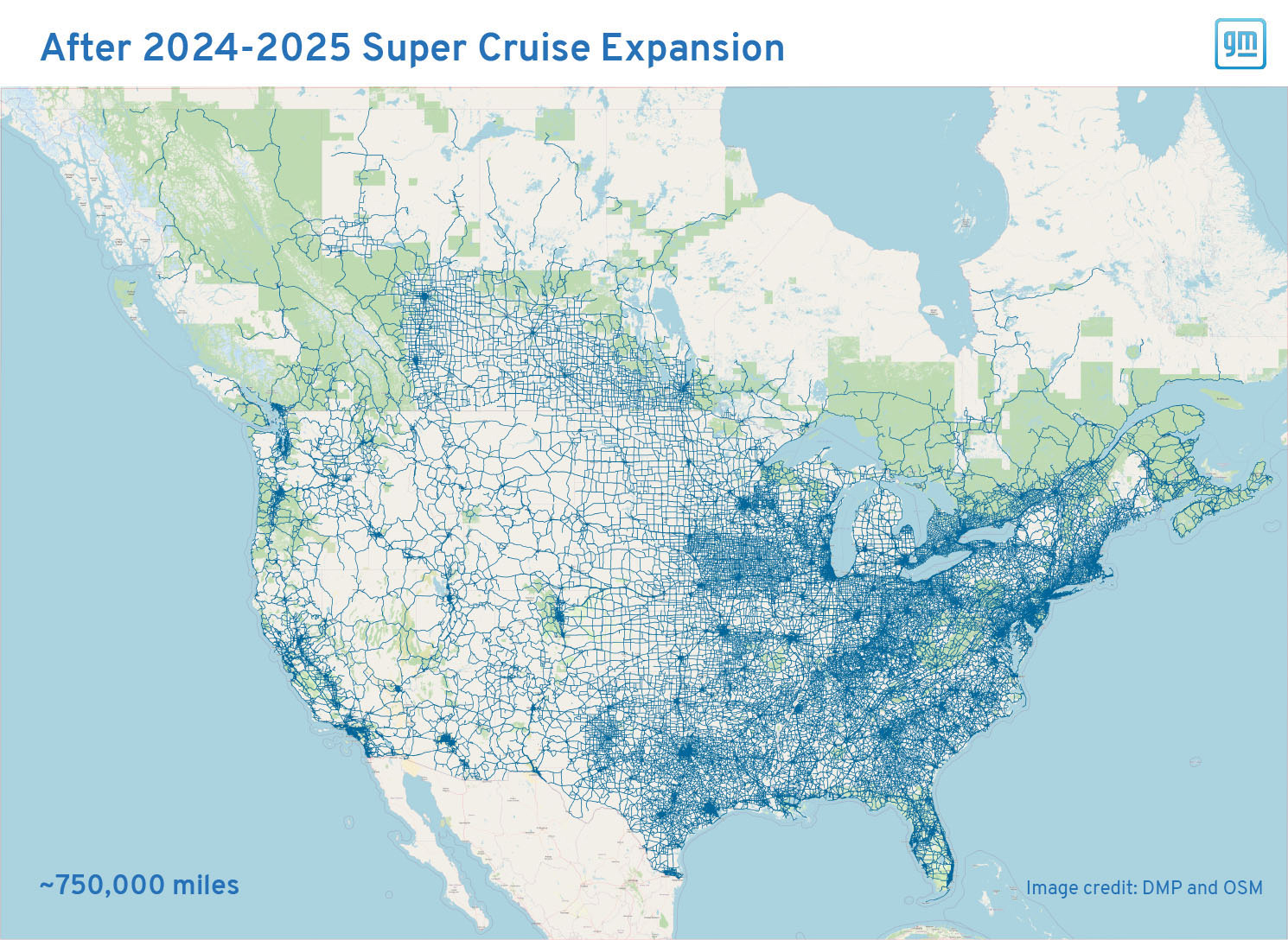
Being a leader in hands-free driving can’t happen by standing still, and winning over more happy customers means expanding access to technology through both features — like available trailering — and drivable roads. GM has made extraordinary progress on that commitment and is adding an additional group of highways to its flagship hands-free technology Super Cruise, bringing the total to about 750,000 miles (1.2 million kilometers) of compatible roads across the U.S. and Canada. Safely deploying and expanding access to advanced driver assistance systems (ADAS), like Super Cruise2, is an important step in gaining consumer trust and excitement around the future of transportation.
For perspective, 750,000 miles is like traveling one way from Earth to the Moon three times or taking a coast-to-coast road trip from New York City to San Francisco and back nearly 130 times. This new batch of compatible roads makes Super Cruise the largest truly hands-free operating domain in North America — nearly six times the coverage of other hands-free driver assistance technologies on the market today.
“GM is all-in on safely deploying Super Cruise as we make the technology available on more vehicles, more roads and for more people to enjoy. A key part of that is expanding the road network — in this case nearly doubling it again — with LiDAR mapped highways. High precision LiDAR mapping gives us an operating domain where we are confident in Super Cruise’s abilities.”– Anantha Kancherla, GM vice president of ADAS.
Our Approach to Safe Deployment
Super Cruise launched in 2017 as the industry’s first true hands-free ADAS on the market. GM has incrementally expanded its Super Cruise network, most recently to 400,000 miles (640,000 kilometers), to include major Canadian, U.S. and state highways. Today’s expansion adds minor highways that typically connect smaller cities and townships.
What exactly does that mean? Soon drivers will be able to drive hands-free between more rural towns across the country — connecting families and destinations alike. Adding minor highways to the network gives Super Cruise customers more variety and better coverage of hands-free driving, regardless of where they live, work or vacation. We expect this to excite Super Cruise customers, particularly those with compatible trailers who camp, boat, and use recreational vehicles. And adding Super Cruise with trailering to models like the 2024 Chevrolet Traverse or 2024 GMC Acadia will put Super Cruise in the hands (or should we say not in the hands…) of more customers with these passions — helping more GM drivers get to and from their destination more relaxed than ever before.
Super Cruise Fast Facts
- Growing to about 750,000 miles of compatible roads across the U.S. and Canada, including divided highways, major and minor highways.
- Over 80% of surveyed owners with Super Cruise have said it makes driving more relaxing, and it’s the second most important reason for choosing a vehicle.
- The industry’s first — and largest — truly hands-free ADAS on the market, and the only to offer trailering capability.
- More than 160 million miles (257 million kilometers) have been driven accident-free with Super Cruise.
- New or enhanced features and capabilities since Super Cruise’s launch include:
- Lane Change on Demand
- Automatic Lane Change
- Enhanced Navigation
- Industry-First, and only, Hands-Free Trailering
- Collaborative Steering
- Enhanced Driver Requested Offset
- Improved Curve Handling
The new roads have already started to be added incrementally over-the-air, at no additional charge, and will continue to be added through 2025. Most Super Cruise-equipped vehicles will receive this expansion except for the Cadillac CT6, Chevrolet Bolt EUV and Cadillac XT6. The average eligible vehicle will update its map within about one month of the GM brand site maps showing updated roads.
Super Cruise is powered by OnStar connectivity. For more about Super Cruise and how it works visit GM.com/safedeployment.
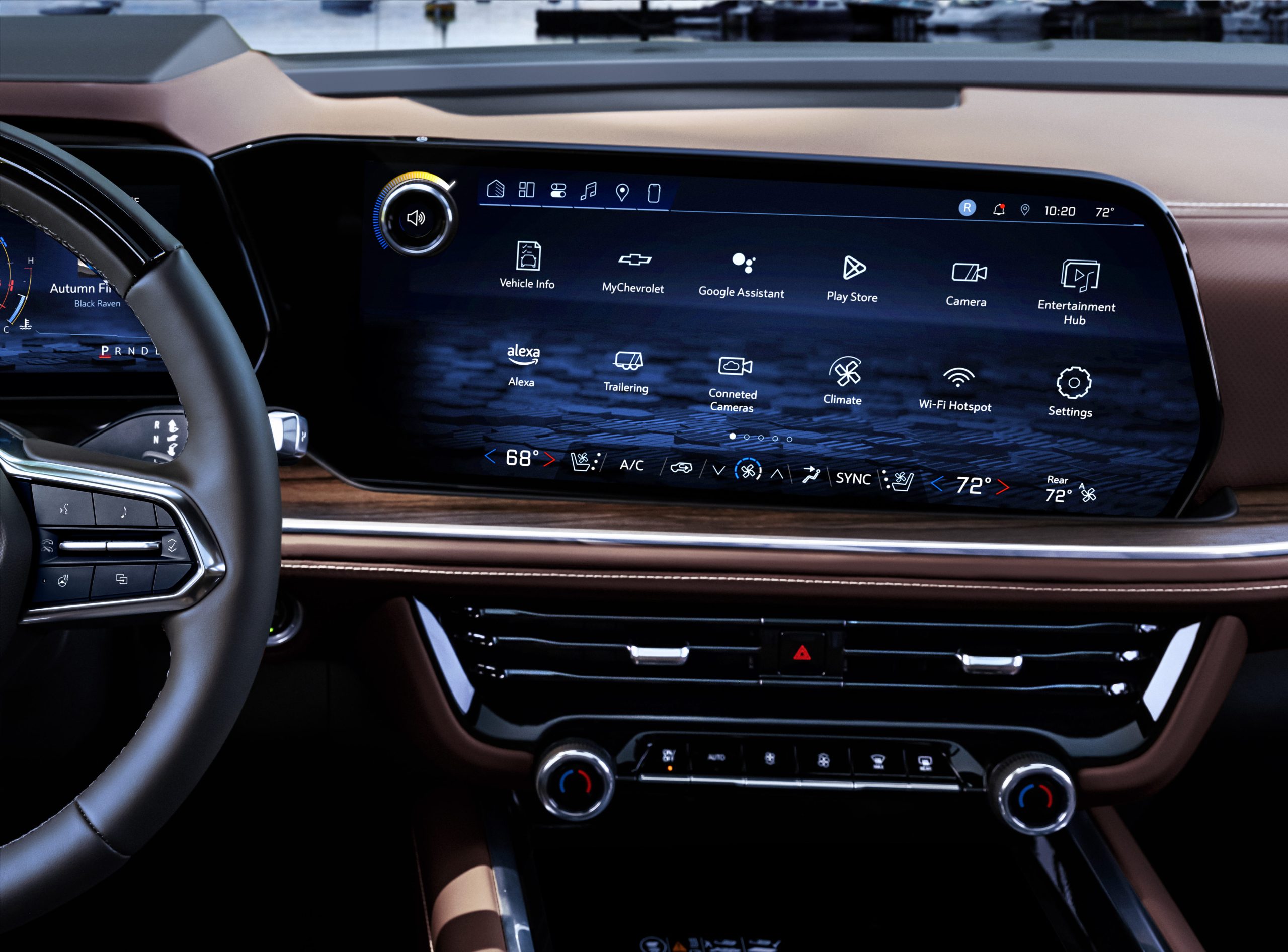
GM is making some of OnStar’s most sought-after technology even more accessible to retail and fleet customers. Starting with the 2025 model year, every customer who buys a new Chevrolet, Buick, GMC, or Cadillac vehicle will get Automatic Crash Response, remote vehicle commands, and navigation and voice assistance features at no additional cost above the vehicle purchase price.
“By standardizing some of our most appealing OnStar features, we can deliver more technology and value at every price point, helping ensure our vehicles and customers stay connected for the long term,” said Marissa West, president, GM North America. “With this move, every new vehicle in our lineup will include a compelling set of safety and connected services that is distinct to GM thanks to nearly 30 years of OnStar experience and innovation.”
Introducing OnStar One Essentials
OnStar One Essentials, the new OnStar package, brings together the features in one convenient bundle for retail customers:
- OnStar’sAutomatic Crash Responseisthe industry’s first comprehensive automatic crash notification system, connecting customers to critical assistance in the moments after an accident, even if they are unresponsive. Specially-trained OnStar Emergency Advisors can immediately call into the vehicle to provide medical assistance and relay vital information to first responders.
- Remote vehicle commands allowcustomers to manage their vehicle wherever they are, using their smartphone. From the myChevrolet, myGMC, myBuick, or myCadillac mobile app, they can lock/unlock, remote start, and locate their vehicle, as well as get on-demand diagnostics and real-time vehicle status notifications, whenever they have those features enabled.
- Navigation and voice assistance adds simplicity to the drive withapps like Alexa Built-in, Google Assistant, Google Maps, Maps+, and Waze on eligible vehicles.
OnStar One Essentials will be included for eight years with every new vehicle purchase at no additional cost. The 2025 Chevrolet Trax and 2025 Buick Envista, two of GM’s most affordable models, will be among the first to get the package. All Cadillac customers will get additional premium OnStar services for three years, starting from the time of vehicle purchase.
GM Envolve fleet and business customers will receive these standard features for eight years with OnStar One Business Essentials. Retail and fleet vehicles in Canada will receive similar standard content.
GM-Honda Begin Commercial Production at Industry’s First Hydrogen Fuel Cell System Manufacturing Joint Venture
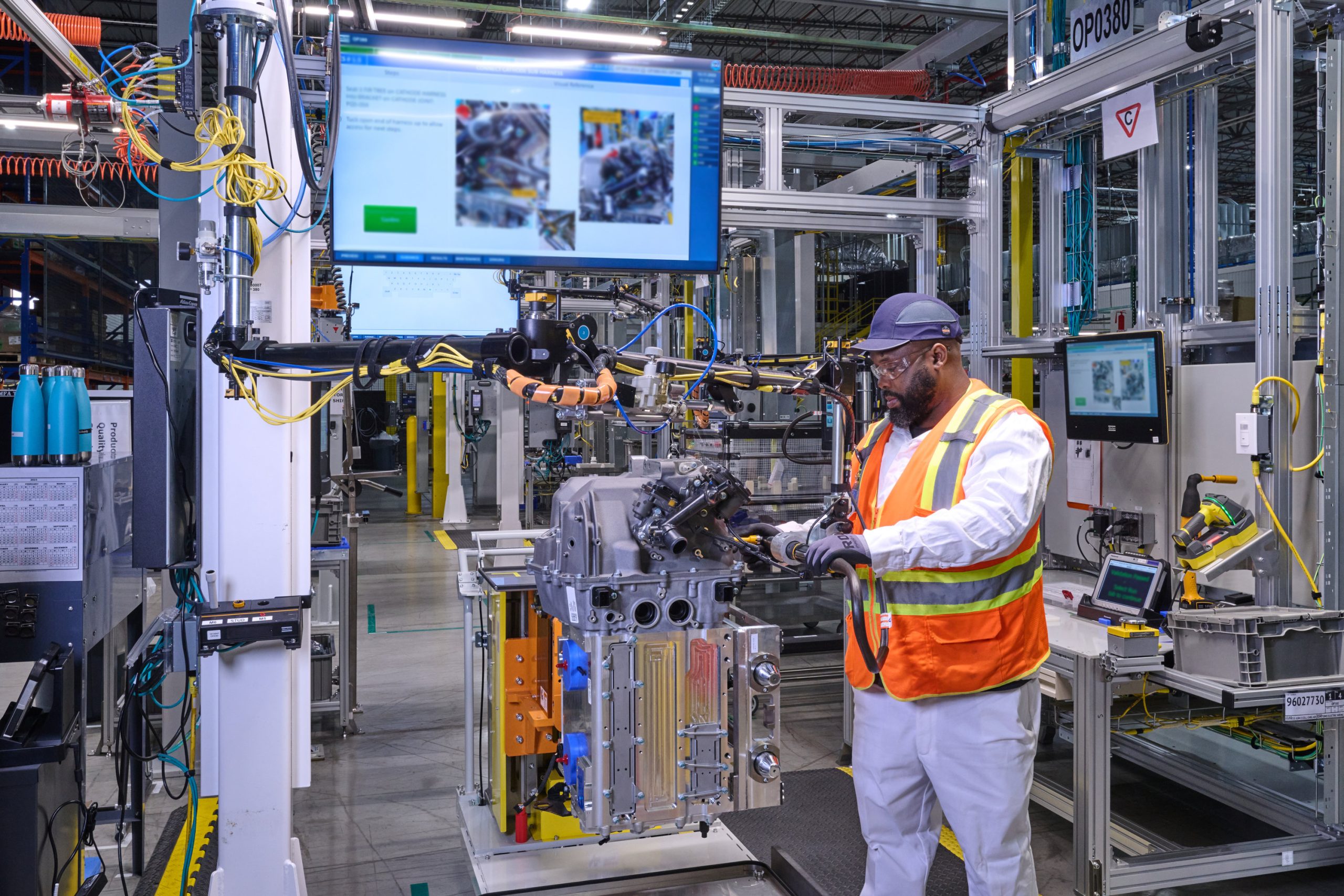
- Fuel Cell System Manufacturing LLC (FCSM) initiates production in Michigan
- New co-developed fuel cell system increases performance and doubles durability while significantly reducing manufacturing cost
In a pivotal moment in the commercialization of hydrogen fuel cell systems, GM and Honda today announced the start of production at their 50-50 joint venture production facility, FCSM. FCSM is the first large-scale manufacturing joint venture to build fuel cells.
FCSM was established in Brownstown, Michigan, in January 2017 based on a joint investment of $85 million. The 70,000-square-foot facility has already created 80 jobs. The world-class hydrogen power solutions built at FCSM will be used by both companies in various product applications and business ventures.
“This is a historic day for the industry as GM and Honda are the first full fuel cell system manufacturing joint venture to begin volume production of fuel cells for transportation and beyond,” said FCSM president Suheb Haq. “We begin the process with raw materials for membrane and electrode all the way through completed systems. Ongoing investment and commitment by both companies is driving our success at FCSM. This commitment aligns with our mission of making high quality, durable and affordable hydrogen fuel cell systems for a wide range of applications and customers.”
“We integrated the strengths of Honda and GM to create the most capable production system at this joint venture,” said Tetsuo Suzuki, vice president of FCSM. “We brought a mass production mindset with attention to detail and a focus on high quality, and now we are ready to meet the needs of the customers for the future applications of fuel cell technology and the beginning of the hydrogen era.”
Honda and GM engineers began work in 2013 on the co-development of the next-generation fuel cell system. In addition to advancing fuel cell system performance, GM and Honda collaborated to double durability compared to the 2019 Honda Clarity Fuel Cell by using corrosion-resistant materials and by improving low-temperature operation.
Together, the two companies also focused on lowering development and manufacturing costs by leveraging economies of scale, advancing the cell design, simplifying supporting auxiliary equipment, utilizing common sourcing, and reducing the use of costly precious metals. Through this collaboration, the new fuel cell systems will be two-thirds less expensive to make when compared to the cost of the fuel cell system in the 2019 Honda Clarity Fuel Cell.
Significant efforts have also been made at FCSM to ensure the highest levels of quality while improving manufacturing productivity. The venture incorporates many first-of-their-kind methods for automating membrane-electrode-assembly production and fuel cell stack assembly.
Both the GM and Honda engineering teams and the companies’ relevant intellectual property and expertise have been integrated at FCSM to create affordable, commercially viable hydrogen fuel cell systems to be utilized in a variety of zero-emissions propulsion and energy management applications.
GM and Honda share in the belief that hydrogen and fuel cell technology will play an increasingly important role in meeting a wide variety of zero-emissions energy and mobility needs, and each company has provided further details about their individual hydrogen business strategies. Go to the links below for additional information.



